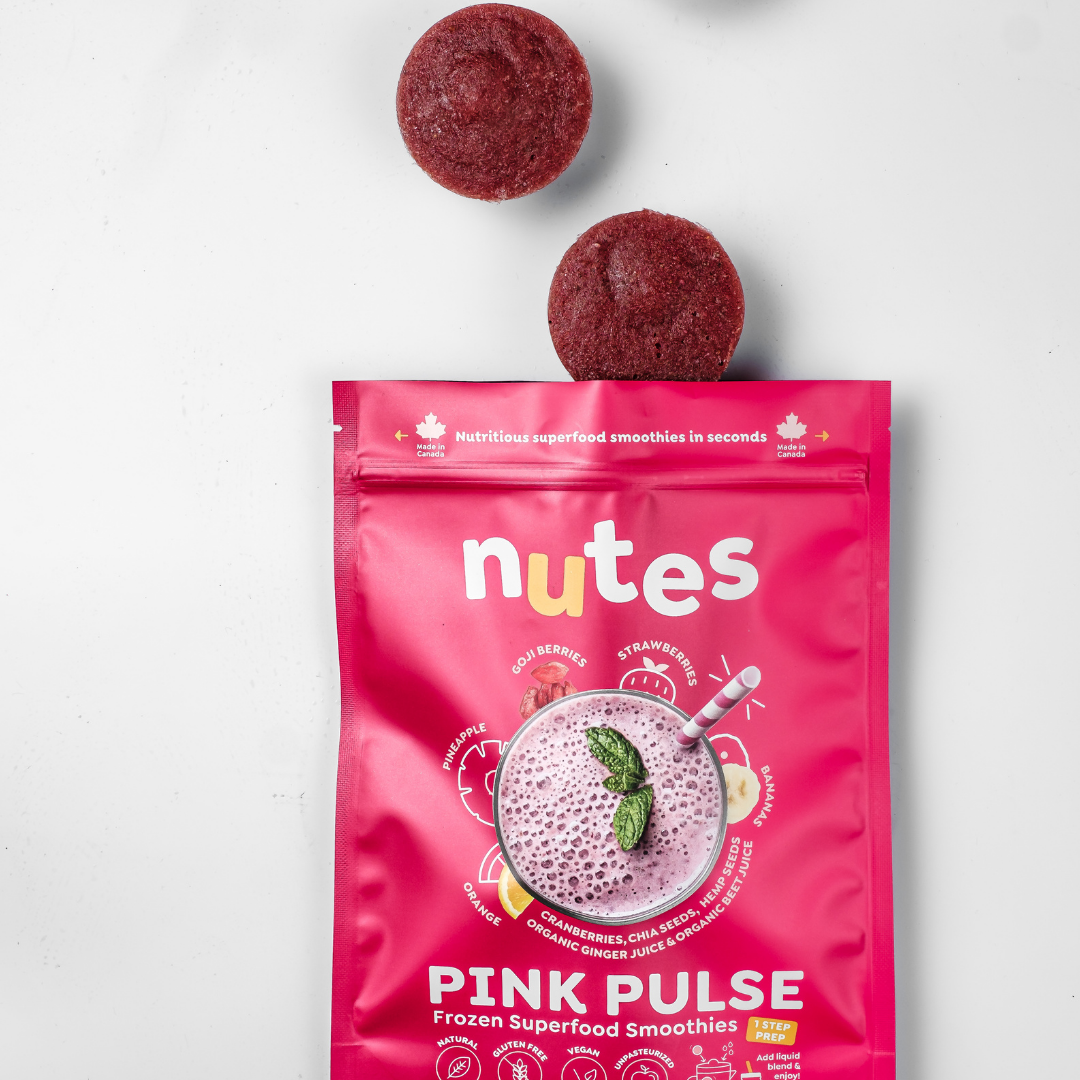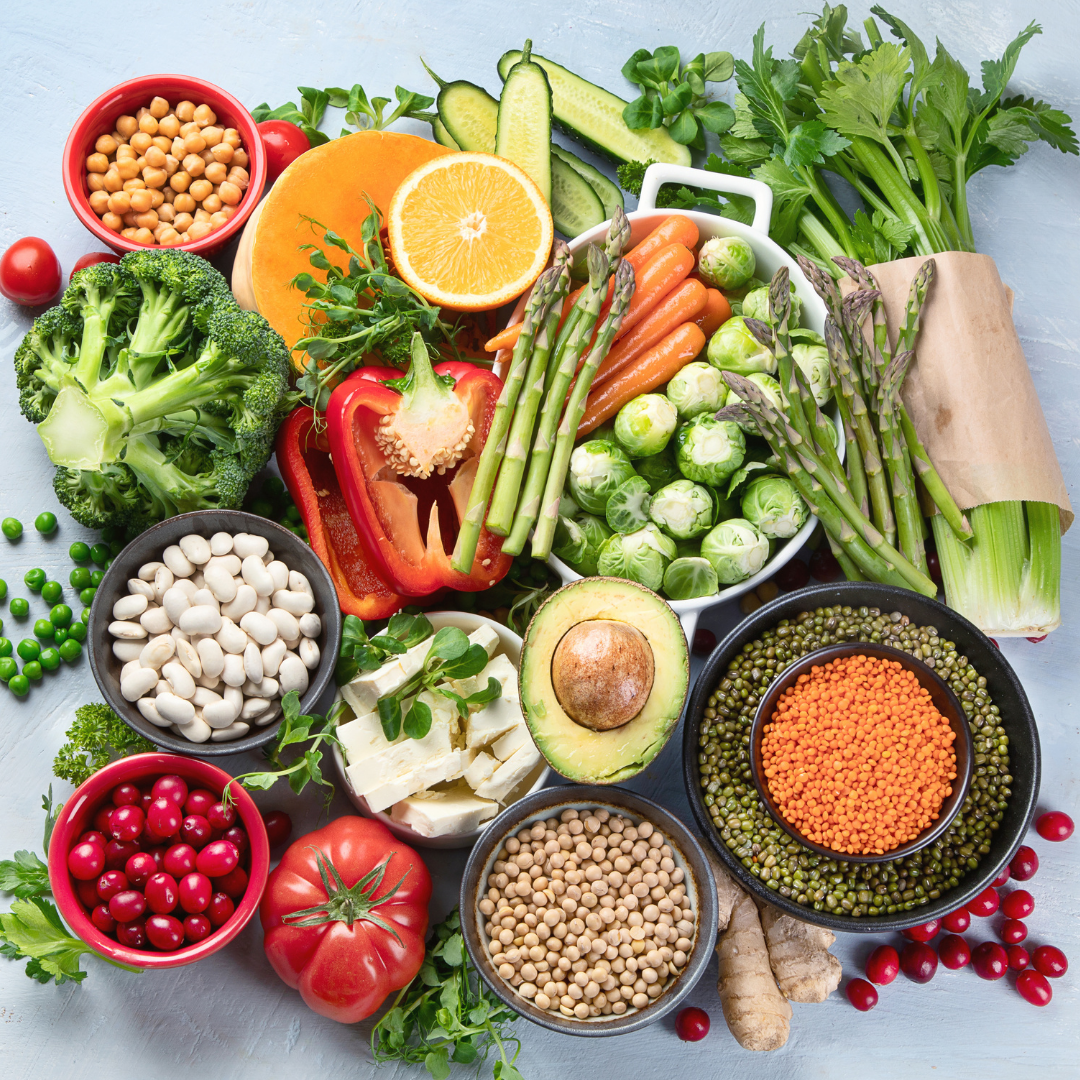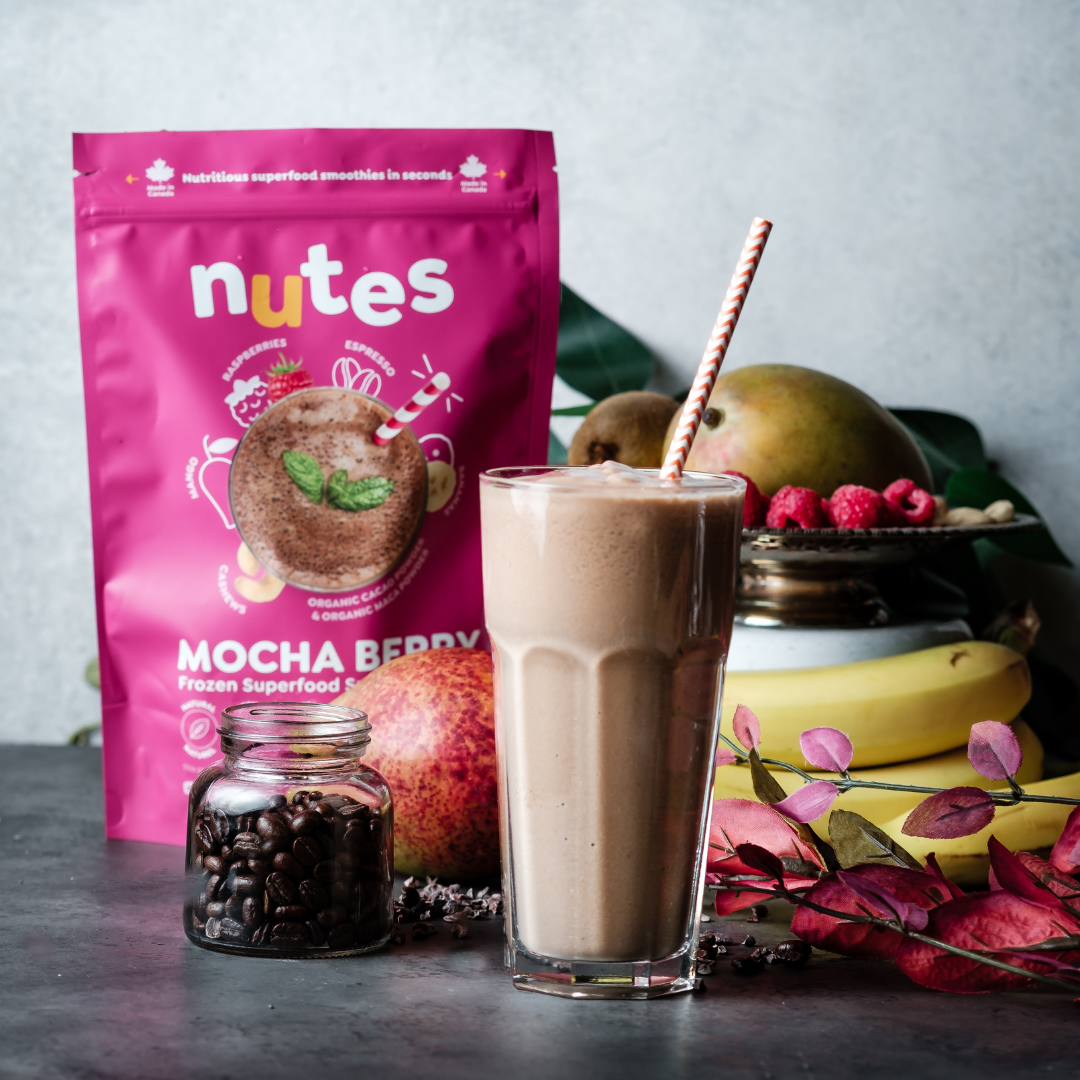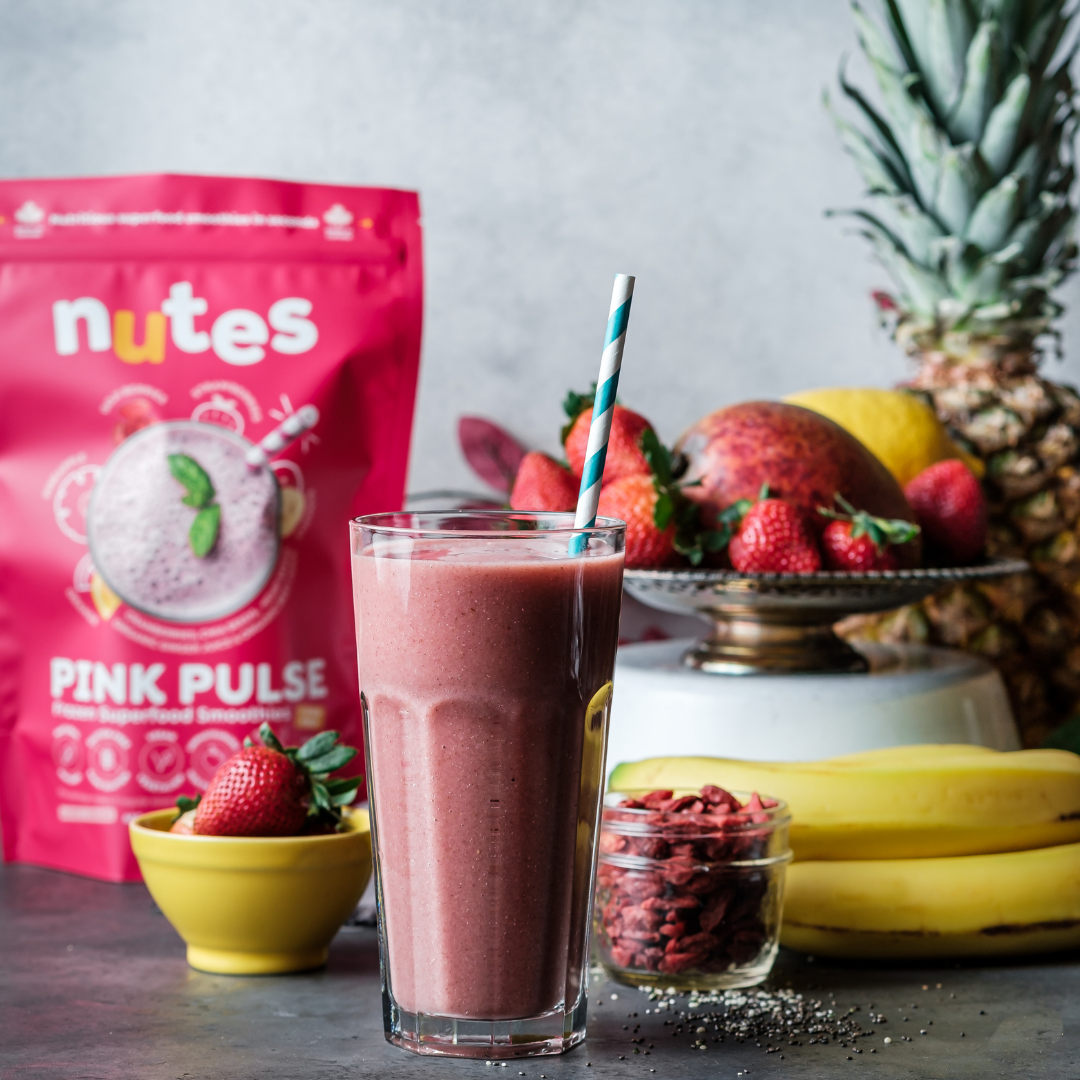Why Is There A Need For Sustainable Packaging?

There are an estimated 1.3 billion tonnes of food wasted each year globally.
Rotten foods in landfills are harmful to the environment because they produce methane. Methane is a greenhouse gas that is 84 times more powerful than carbon dioxide.
However, food waste is not the only culprit that damages the environment. Food packaging is also liable for the pollution and toxic chemicals it causes.
Plastic is the most used food packaging.
There are 300 million tonnes of plastics produced every year. That amount is equivalent to the weight of the entire population.
Apart from plastics, there is still a long list of other environmentally-harmful materials. Among those include glasses and metals, as these are not easily degradable.
From land to water, the impacts will gradually affect health if humans don’t act. Remember: whatever is damaging to the environment is harmful to people.
One of the sustainable goals set by the United Nations is responsible consumption and production. To know how this goal can help reduce excessive packaging waste, read up.
SDG # 12: Responsible Consumption and Production
All countries that are part of the United Nations adopted the Sustainable Development Goals (SDGs) in 2015. There are 17 SDGs. Each one aims to bring the world in “life-changing zeros” such as zero poverty, hunger, discrimination, injustice, and toxic waste and pollutants.
For SDG #12, it is vital to understand the utilization of resources, especially of large and transnational companies. Consumers also have their fair share of responsibility, including considering their waste disposal. Moreover, its global targets include:
- Encourage businesses to adopt and integrate sustainable production practices.
- Lower waste by 2030 through prevention and 3Rs: Reduce, reuse, recycle.
- Reduce the release of chemicals and waste to air, water, and soil using efficient management throughout their life cycle. This will minimize their impact on nature and human health.
Metals, Glasses, Plastics: Sustainable Or Not?
SDG #12 has an extensive scope. Initially, the production of waste is multifaceted.
Unlike in ancient times, where packaging materials were only bushes and leaves, it has evolved as time passed.
Today, there are a handful of materials used by businesses, particularly those in the food industry. There is no doubt how food packaging benefits every day life. It maintains the nutrients of food itself and makes the lives of consumers easier.
Plastics - this is one of the most prominent food packaging. It is flexible as businesses can modify it with their preferred sizes and shapes. It is also durable and resistant to extreme temperatures. That alone is enough to preserve the quality of food before it reaches your doorsteps. Besides, it is cost-effective and is ultimately useful, especially for small-scale businesses.
However, plastic usage has also become a hot topic for debate.
Some people categorized plastic as sustainable packaging. For one, it only uses 4% of the world’s oil production. Compared to other materials, it uses less energy to produce.
But, some believe that it should be banned because it is hazardous to humans, animals, and nature.
Glasses - glass packaging also bears advantages as it is 100% recyclable. It is useful for consumers as they can utilize it in so many ways.
Businesses that sell beverages consider glass packaging as their top preference. It is nonporous, so it does not affect the flavor of the foods and drinks.
But, in terms of the environmental aspect, some believe that glass is not a sustainable packaging. Its production requires an ample amount of heat and intensive energy, increasing greenhouse gas emissions. For the record, its carbon footprint is worse than plastics.
Metals - metal packaging is more durable than plastics. In terms of resistance, it can withstand extreme pressures and temperatures. Foods and beverages packed in a metal can also keep their original taste for long.
However, like plastics and glasses, it also carries a harmful impact on nature and cannot be considered sustainable packaging. Its production pollutes and contaminates larger bodies of water. Of course, it is even more degrading as it also entails mining.
To understand even better if these 3 materials can be considered as sustainable packaging, the image below is a good representation.

Photo from foodprint.org
A Need For Sustainable Packaging?
You see, the existence of these packaging materials in the environment can last for centuries. For glass, that timeline , still indefinite. Some studies believe that a glass bottle takes a million years to decompose.
True enough that packaging serves as the dress for the products and the salesman of businesses. It is also an inevitable part of human life.
Fortunately, companies are shifting the way they look at packaging to a more holistic and sustainable manner.
Sustainable packaging is beyond recycling. If you want to distinguish whether a packaging material has gone through lesser ecological footprints, below are the key characteristics that sustainable packaging holds:
Cost-effective - the market criteria of sustainable packaging should meet the needs and financial capacity of its consumers.
Design - physically designed in a way that optimizes energy and material.
Life cycle - must be safe, beneficial, and healthy for the environment throughout its existence.
Manufacturing - must undergo clean production practices and technologies.
Materials used - sourced, manufactured, shipped, and recycled using renewable energy.
An Eco-Friendly Packaging Idea
In the food industry, one of the most challenging to pack are liquids. It requires thorough preparation as its type of packaging can easily affect the flavor. It is also vulnerable to contamination.
One staple drink that people are most familiar with is a smoothie. If you make a smoothie at home, your blended fruit drink would be hard to pack. Thankfully, science has paved the way for easy-to-prepare ones. You can bring them wherever you go without fear of spilling.
At Nutes, we sell ready-made smoothies packed in reusable silicone molds. These help shape and freeze our smoothie pucks more efficiently. In our aspiration to reduce waste, we also package our smoothie pucks using fully compostable bags. Below are among its advantages.
Advantages Of Reusable Silicone Molds To The Environment
Silicone is non-toxic for people, the planet, and the ocean.
Plastic production starts by extracting crude oil from the ground, whereas silicone production happens through more abundant sand.
Also, it is recyclable, durable, and insensitive to extreme heat or cold.
Advantages Of Compostable Bags To The Environment
This material is easy to recycle and decompose. It also does not consume more energy during its manufacturing. Since compostable bags use natural products, it reduces environmental hazards because it requires less petroleum usage.
Are Humans Ready For Sustainability?
Some companies are already taking action towards sustainability. But are they enough? For the record, the UN projected that in 2050, waste might outnumber fish if collective efforts will not happen. Sustainable packaging is just one of the many factors to consider. Although humans are adaptive, a sustainable shift will still require compromises to consumers and business owners.
The SDG #12 is clear and laid out concretely. But the pressing question still stands -- are humans really ready to make a shift from what’s familiar and convenient?




Comments